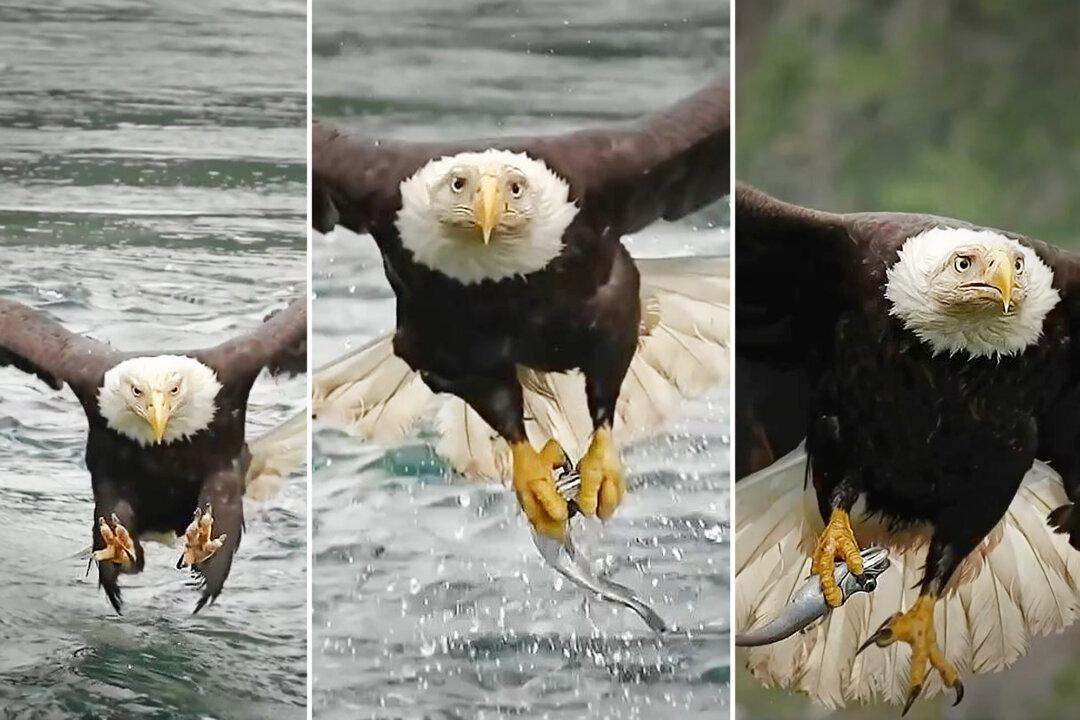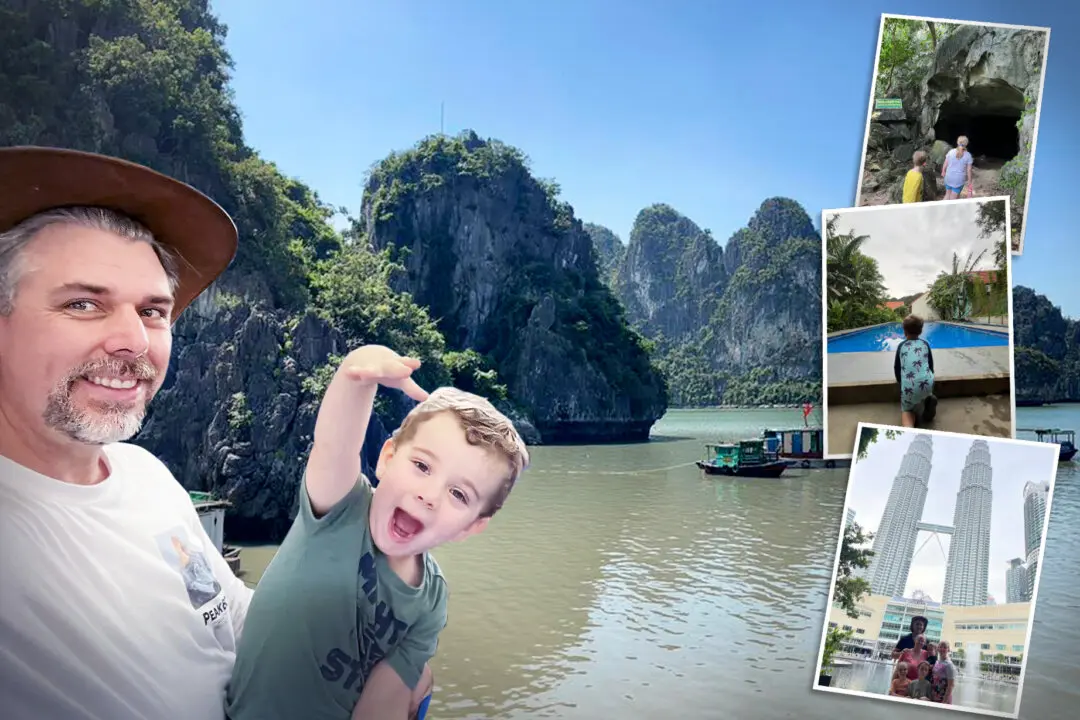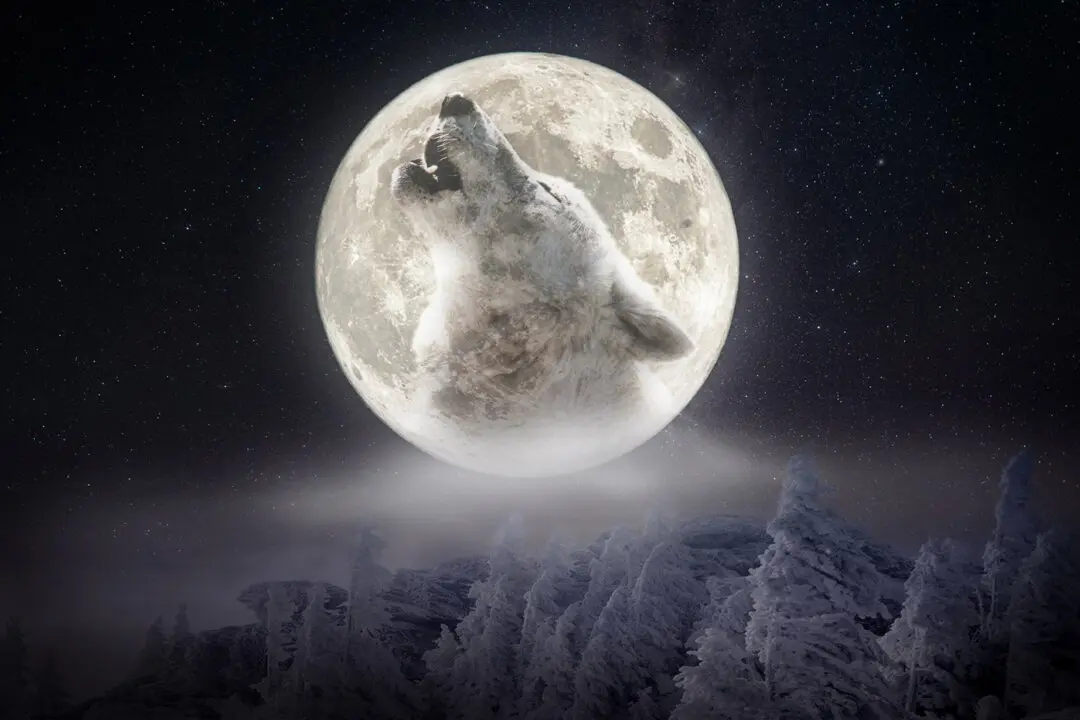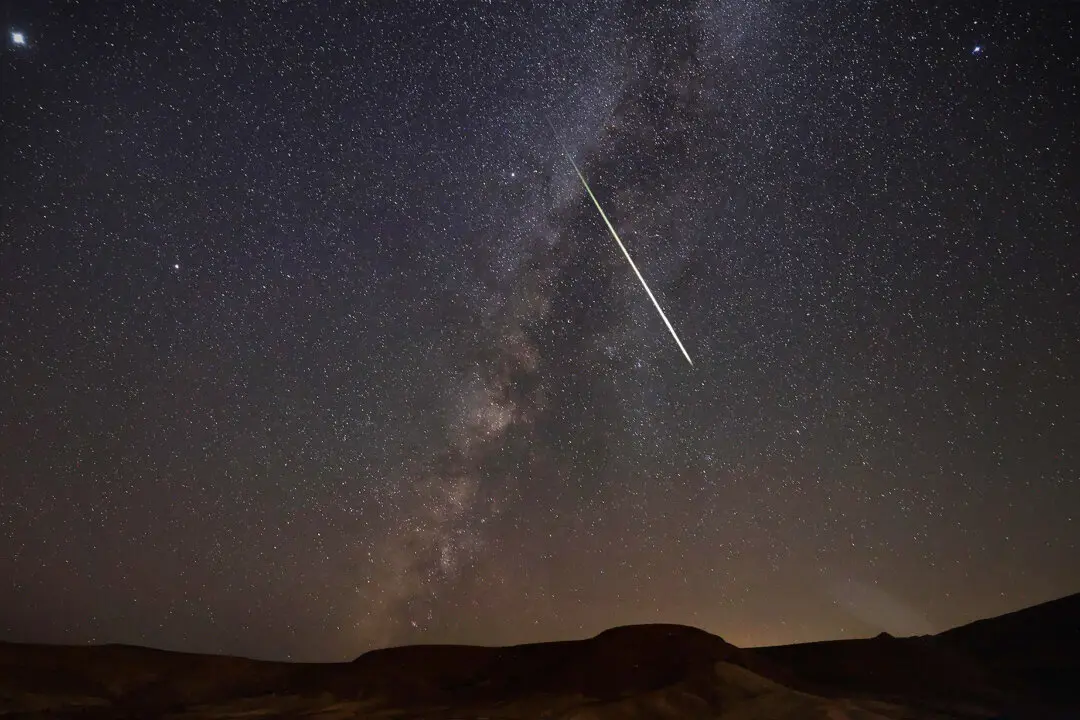Some years ago, Florida native Mark Smith sold all his possessions and opted for a de-cluttered, stress-free life, RVing across America to photograph animals. It was liberating, he says, broadened his mind, and led him to his profession: filming predatory birds hunting along the water.
Most summers since settling back in his home state in 2017, Smith, 52, catches a flight to Stewart Island in coastal British Columbia where he films and photographs birds on fish-feeding frenzies. Armies of bald eagles soaring high, diving for the kill, and feasting on hake are seen nearby at Arran Rapids, one of the world’s most dangerous tidal currents.





